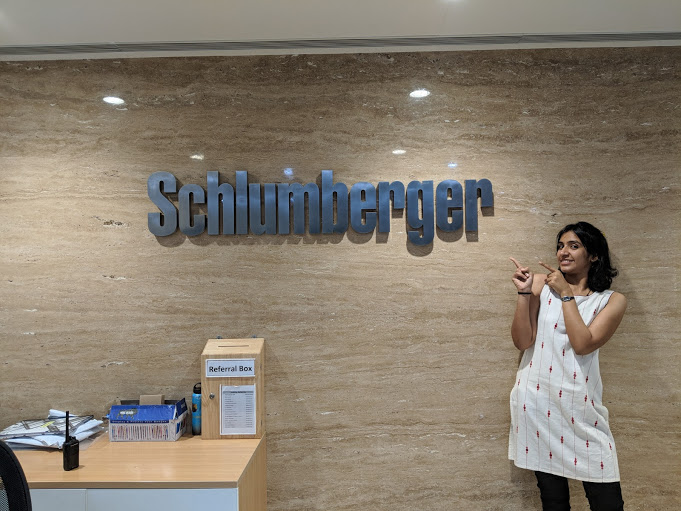

Body of IITR
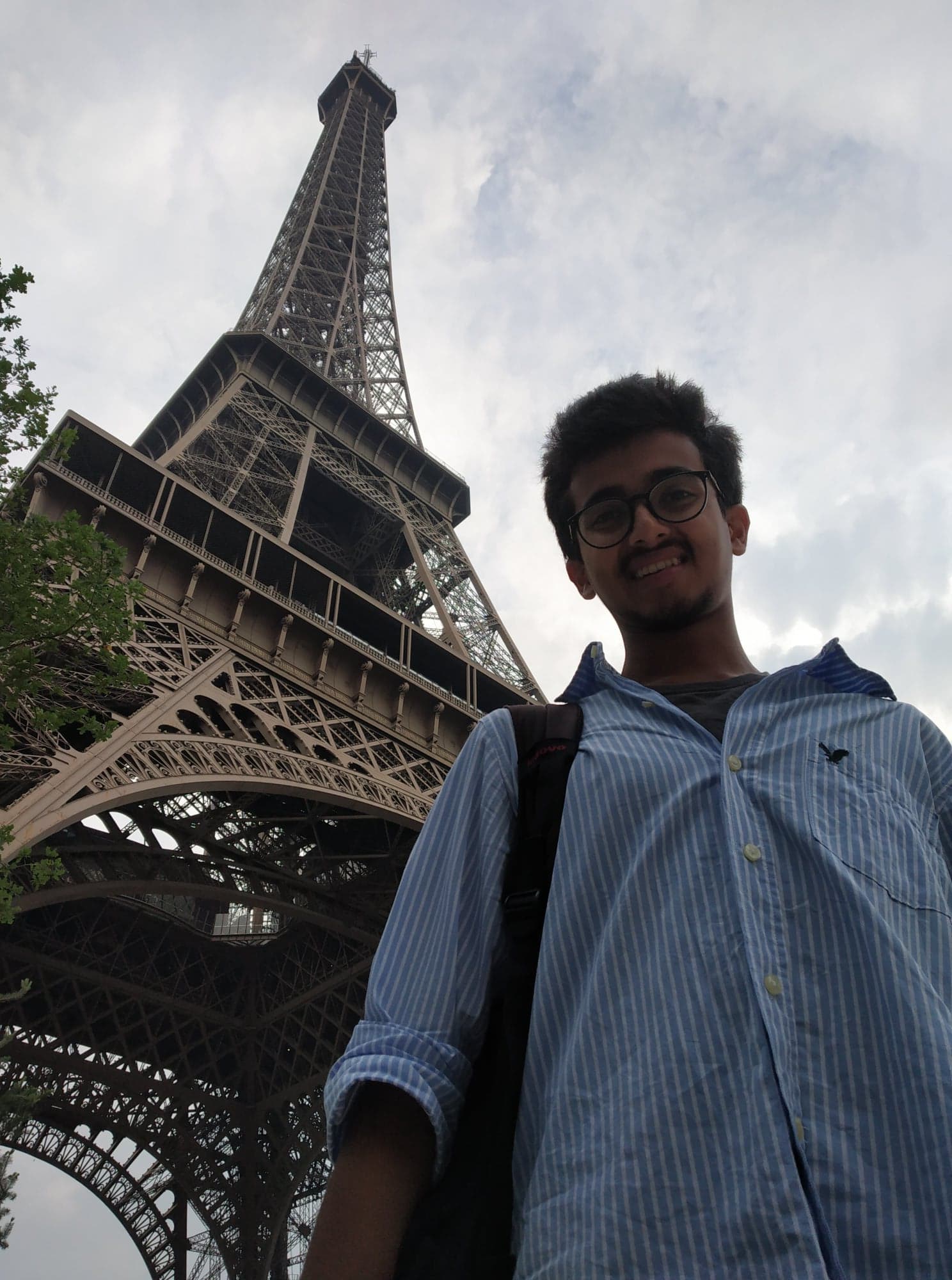
The intern season is definitely not something to be scared of. In fact, it is a rather enjoyable experience and a good precursor to the placement season. I’ll try to share my experience in the best way I can and I hope that you take something away from this.
Like many others, I too didn’t have any specific job profile in mind. I was sure of one thing though - not wanting a coding-related intern, in part because I didn’t like it but also because the scope of my coding knowledge was restricted to a “Hello World” only. Hence, I was looking for an intern related to a core subject - either in an industry or a research intern.
I applied for almost all the core companies for my branch (Mechanical) that visited our campus - ITC, Bajaj, Tata Steel, Jindal. Most companies have a test, followed by GDs and interviews. I reached the interview stage of ITC and Tata but didn’t get selected. And all this while, I had also been trying to land a research intern abroad. I didn’t try for DAAD (my CG didn’t allow me to). I tried for other research programs - MITACS (Canada), NTU India-Connect (Singapore), CHARPAK (France) and NUS. I even had the audacity to apply for an internship in the R&D cell of Boeing and Airbus, only to be rejected later. I didn’t have any luck here either - I got only 4 replies from professors out of the 35-odd mails I sent - all in the negative. The perfect time to start mailing depends on the deadlines of the respective programs. If you are aiming for DAAD, you will have to start pretty soon - I think around August-September should be good. For Charpak, you can start mailing professors by November-December. There is no limit to the number of mails you can send. I have known friends who have sent more than a hundred before getting a positive response.Care must be taken to not spam each and every professor you find out about with the same mail. Take some time to select a professor and write him a personalised mail.
The generally accepted format for your mails is something like this - your cover letter (the mail you write), and with it attached your resume (with a detailed description of your projects), a report on the project(s) you have done (this really increases your chances), and a letter of recommendation (optional). No need to use your IITR resume. You can easily create one on LaTeX.
I finally had my breakthrough when Reliance visited our campus in March. It recruited solely on the basis of my test performance (core + aptitude). I was happy. I gave chapos. And exactly 9 days later, one of the professors I had mailed, replied - offering me an internship at Sorbonne University, Paris. This was my 37th mail. Although I had missed the deadline for Charpak (hence, start mailing early!), the professor agreed to fund my intern almost completely (thanks to the labour laws in France). I spent the next three weeks deciding whether or not to leave Reliance. Eventually, I did leave Reliance and decided to go to Paris. (and thank God I did!)
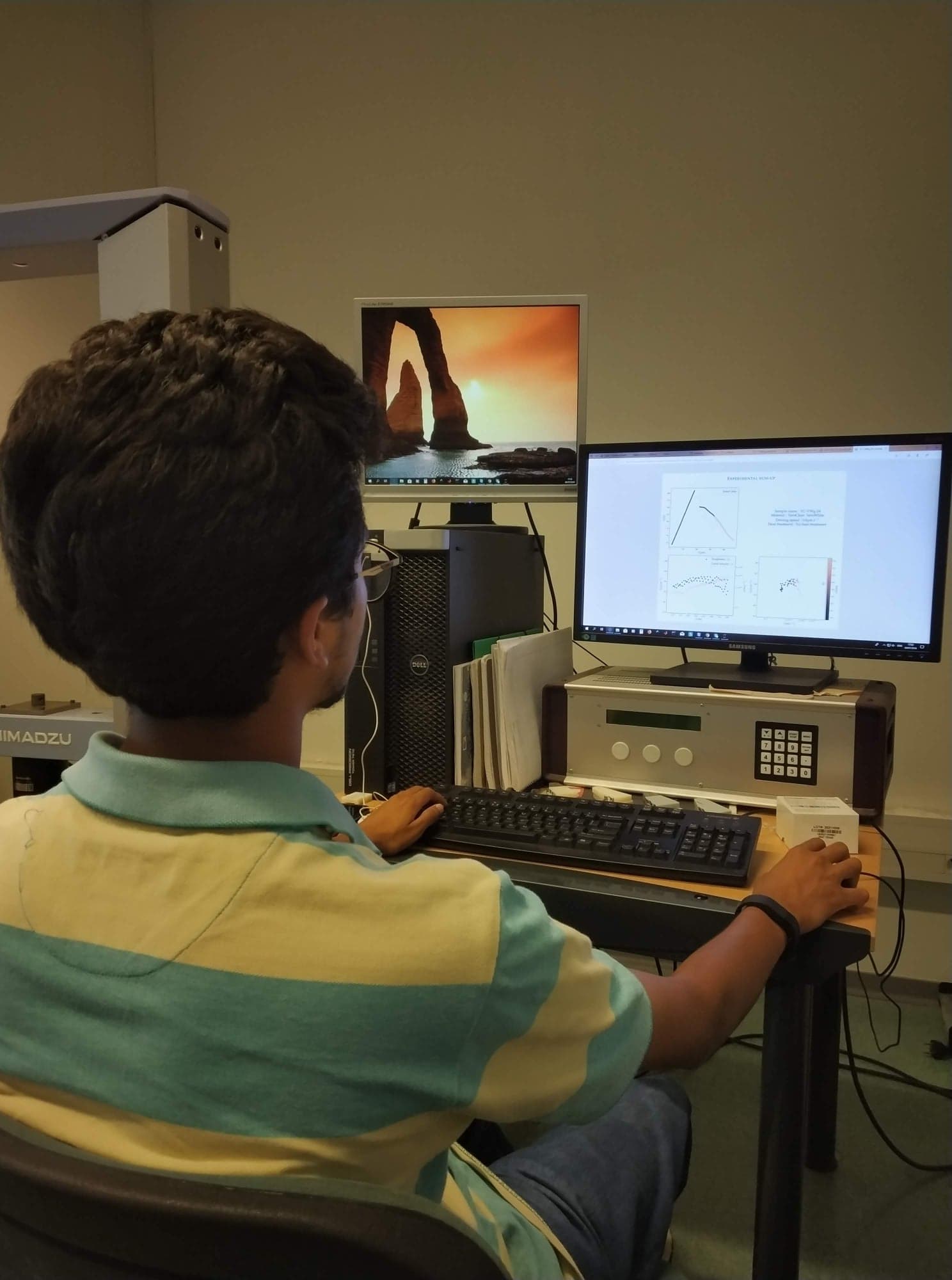
My internship lasted for about two and a half months. I was to work on the experimental (and subsequent analysis) part of a project related to fracture mechanics. After the first day, they gave me complete freedom to carry out the work in whichever way I deemed fit. I didn’t have any fixed work hours as such. But usually, I used to come at 10 in the morning and leave at 6:30-7 in the evening. I was expected to report to my professor and his PhD student with the summaries of my experiments. There was lots of work to be done, and lots for me to learn. Thankfully, the work was interesting and it felt good to collaborate with someone on a thesis.
Over the course of the internship, I realized the importance of coding in research. I ended up learning a lot of Python (the kind that is useful in research). Now, after the internship, I know exactly how the field of research functions, what it takes to complete a thesis, how professors collaborate with other professors and why experiments are so tough to perform, amongst other things. It is a daunting task! I have realized that 3D printers are so much more than the toy-printing machines we know them to be, and I saw (first hand) what sort of problems they pose when used for scientific research. I also had to read a lot of literature related to fracture mechanics & fractography, since it was not a part of my curriculum. I learnt to use fancy machines like the 3D printer, UTM and profilometer. My professor and his PhD students were very cooperative and helpful throughout. I also got lots of guidance with regards to pursuing a Masters degree abroad. All-in-all, I would say I have come back with a significant enhancement of my knowledge. Not to mention I got the chance to live in Paris and see Europe for 2.5 months (Oh! I will miss the greenery).
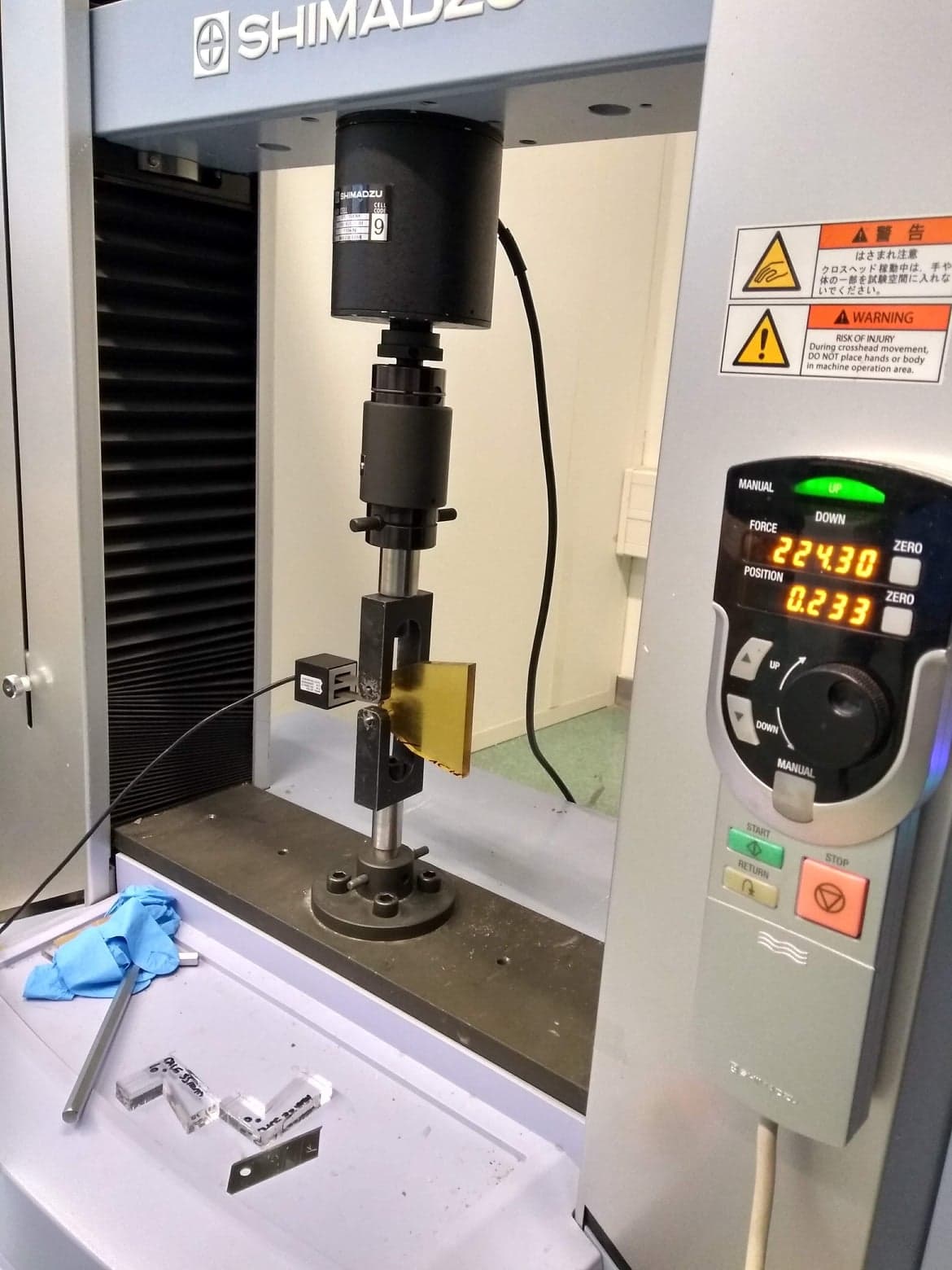
In France, a so-called “lab” culture exists. So I was not part of the university as such, but the laboratory where I was working. Hence, I couldn’t interact with many undergrad students but only the PhDs working in the same lab. I was really inspired by the research culture there - which I found very different from ours. People seemed to take research much more seriously. The topics people there were working on were also extremely interesting. At least in the lab I worked in, the topics were all related to pure science, as opposed to industrial applications of research - another aspect where IITR differs from them, I think.
Coming to the location - no words are enough to describe the beauty! Paris is definitely one of those cities that is always on the run, and summers is the perfect time to enjoy Paris. There is lots to do and see in Paris. But, it is an expensive city to live in. So be prepared to shell out some money from your pocket too. Since we(two others from Roorkee) were here for two and a half months, we could explore Paris thoroughly, perhaps in a way no other tourist can. France gives amazing benefits to students - reduced fares for every attraction, free entry at museums, a part of your travel expenses are covered, and much more. It is very easy to visit nearby countries (one Visa works for almost all countries in the EU) and there are plenty of deals you get for Bus/Train journeys. Apart from the usual things/places one visits in and around France, I went to see Roland Garros, attended a concert, visited the winery of the world’s most famous champagne and of course, tasted it. Like any other European nation, the French are really passionate about football and living in Paris during the World Cup, with France now in the finals - you can only imagine what it would have been like. French people are quite lazy and they love partying, so weekends in Paris are literally lit, with plenty of party places around. The city of lights, love, art - Paris is definitely a dream destination.
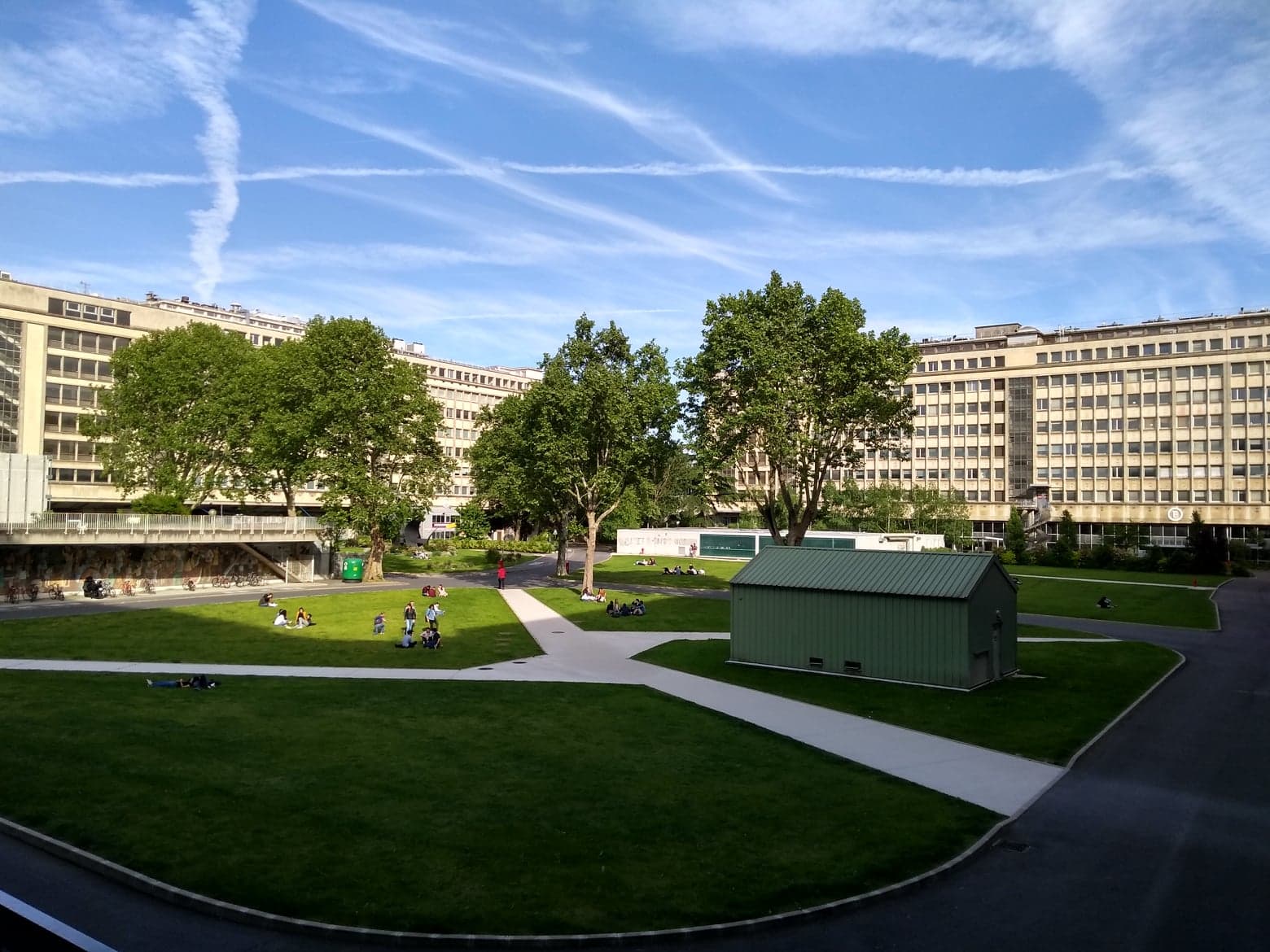
As I end this, I would like to say that if you ever have to choose between a core intern like Reliance and a research intern in Paris - don’t hesitate for a second. Just choose the latter. This is a once-in-a-lifetime kind of opportunity. You will definitely learn a lot and also get good recommendations if you wish to apply for Masters. Keeping aside the immense amount of knowledge you will gain from the experience, how often does one get to live for 2 months in Europe, that too off of someone else’s money?
For any queries or additional information regarding how to apply, feel free to contact me! All the Best!!!
P.S : Your CGPA does matter, so take care of it.